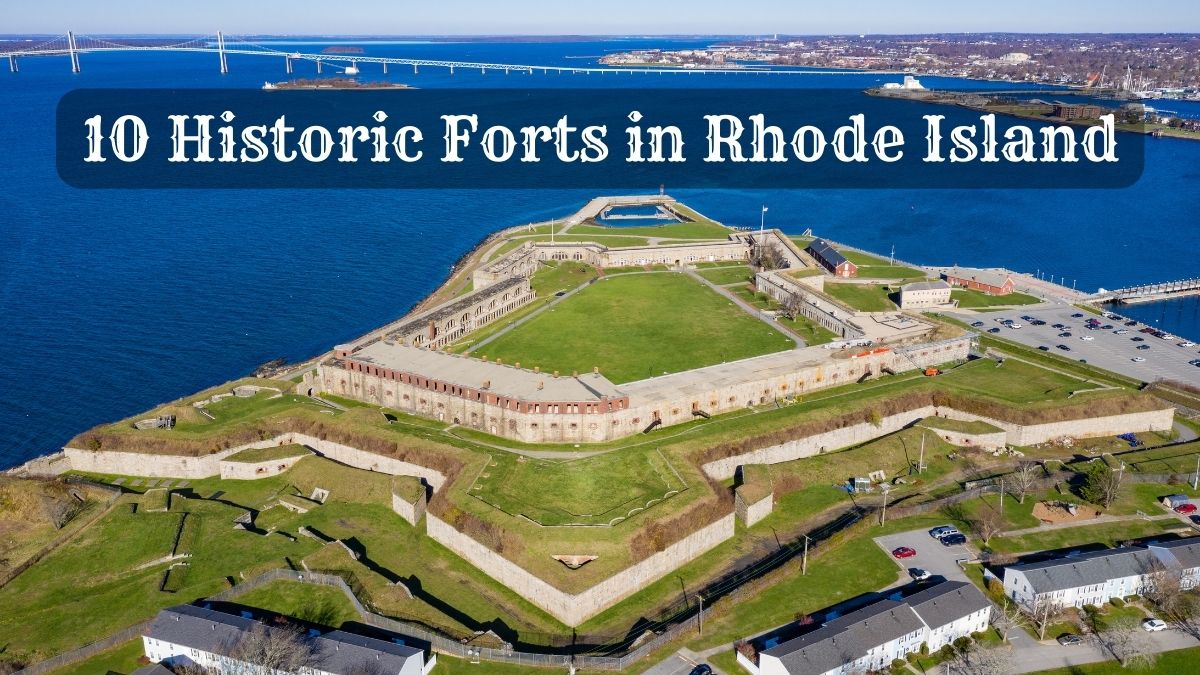Rhode Island, the smallest state in the United States, boasts a rich tapestry of military history.
From the rocky cliffs of the Atlantic Ocean to the bustling harbors, the state of Rhode Island has been a focal point of defense and military strategy.
With a history rooted in conflicts like the American Revolution and World War II, the forts in Rhode Island have witnessed battles, served as training camps, and even attracted numerous tall ship events.
10 Historic Forts in Rhode Island
| 1. Fort Anne | 6. Fort Getty |
| 2. Fort Burnside | 7. Fort Greble |
| 3. Fort Adams | 8. Fort Wetherill |
| 4. Redoubt Saintonge | |
| 5. Fort Greene | 9. Fort Ninigret |
1. Fort Anne

Established in the 1670s, Fort Anne was constructed during heightened tension between the American colonists and the indigenous tribes of Rhode Island. The precise origins of its name remain debated among historians; however, some suggest it was named in honor of Queen Anne of England.
King Philip’s War and Fort Anne
King Philip’s War, one of the bloodiest and most significant confrontations between Native Americans and English settlers, swept New England in 1675.
Fort Anne was crucial during this conflict, serving as a protective refuge for the settlers in the region. King Philip, also known as Metacomet, led the Wampanoag tribe and their allies against the colonists, aiming to halt the latter’s expansion and encroachment on native lands.
Structural Features and Design
Fort Anne, situated atop a hill, provided a strategic viewpoint overseeing the surrounding terrain.
The fort was primarily constructed using timber and earthworks, providing a rudimentary but essential defense mechanism for its inhabitants. The fort’s design was simple, with a central blockhouse surrounded by a wooden palisade.
Decline and Modern-Day Significance
By the late 17th and early 18th centuries, with the decrease in Native American threats and the region’s growing stability, Fort Anne’s military significance waned. Over time, its structures deteriorated due to neglect and natural decay.
Today, the exact location of Fort Anne remains a matter of historical investigation, with several theories suggesting different sites in North Kingstown. However, its importance in the early history of Rhode Island is undeniable, symbolizing the challenges faced by early settlers and their interactions with the native tribes.
2. Fort Burnside
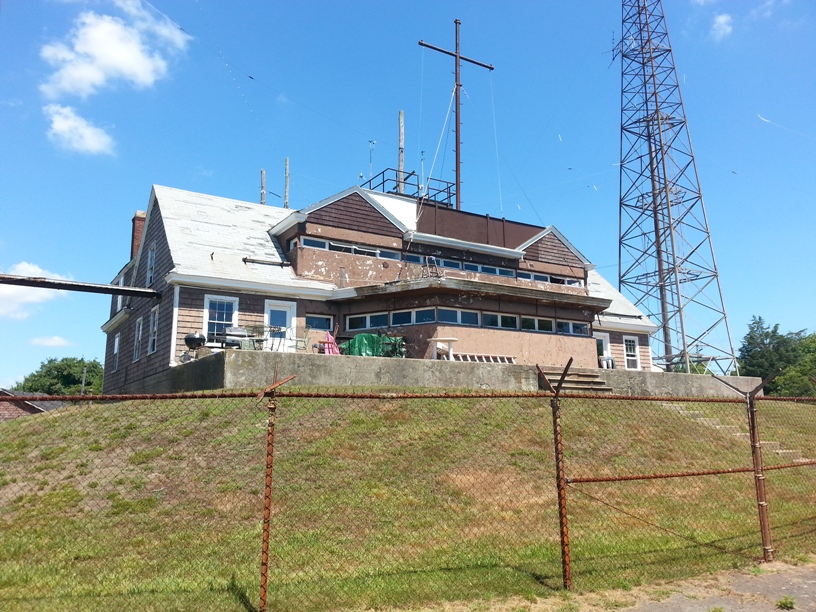
Located at Beavertail Point in Jamestown, Rhode Island, Fort Burnside represents America’s coastal defense system from the late 19th to the mid-20th century. Now integrated into the Rhode Island state park system, it beckons visitors to delve deep into its storied past.
Origins and Establishment
Established in the late 19th century, Fort Burnside was part of a vast network of fortifications developed under the Endicott Program. This program was initiated in the 1880s by the U.S. government to fortify its coastal defenses, in anticipation of potential naval threats.
Named in honor of Ambrose E. Burnside, a Rhode Island governor, U.S. Senator, and Union Army general during the Civil War, the fort embodied the military aspirations of its era.
Architectural Features and Armaments
Built primarily for seacoast defense, Fort Burnside boasted massive gun batteries, constructed with reinforced concrete. These batteries were intended to deter and, if necessary, engage enemy battleships. By the turn of the 20th century, the fort was equipped with long-range rifles and mortars, reflecting the advancements in artillery technology.
Role in World Wars
Throughout the first half of the 20th century, Fort Burnside played an evolving role in America’s defense strategies:
World War I: The fort underwent significant enhancements with new gun placements and updated armaments to counter the growing threats of the Great War.
World War II: As naval warfare technology rapidly evolved, Fort Burnside’s strategic importance pivoted. Instead of just serving as a coastal defense battery, it also functioned as an observation and communication post, monitoring the Atlantic for enemy ships and submarines.
Transition to a State Park
By the mid-20th century, with the advent of airpower and missile technology, the relevance of traditional coastal defenses like Fort Burnside began to diminish. Eventually, the fort was decommissioned in the latter half of the 20th century.
Recognizing its historical significance and unique location, the state of Rhode Island repurposed the land. Today, as part of the Rhode Island State Park System, Fort Burnside offers residents and tourists a mix of natural beauty and a tangible connection to the past.
3. Fort Adams
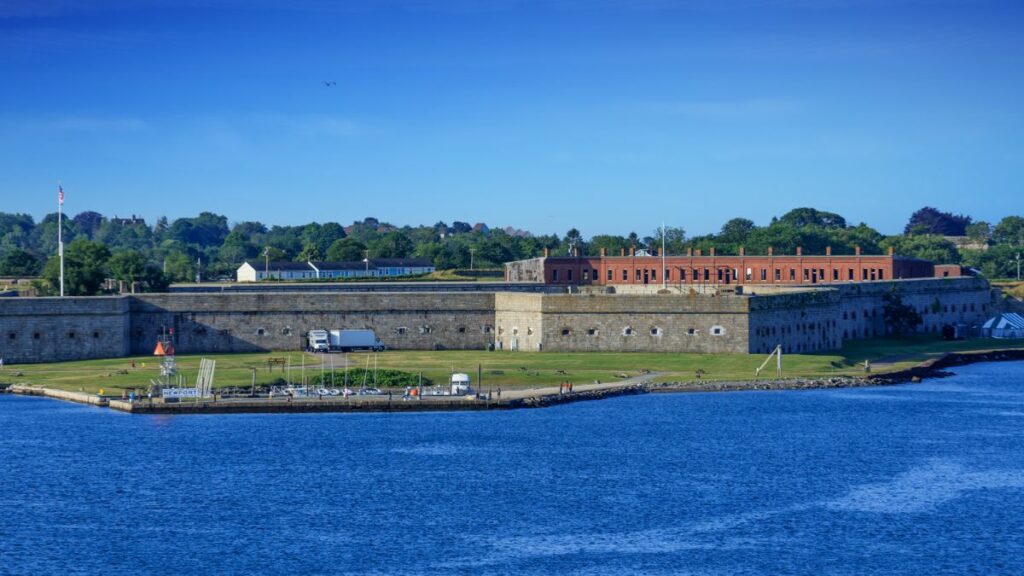
Perched strategically at the mouth of Newport Harbor, Rhode Island, Fort Adams is an enduring witness to the tumultuous days of the American Revolution. Today, it’s not just a relic of the past but a celebrated National Historic Landmark preserved within the Fort Adams State Park.
Establishment and Significance
Though the prominence of Fort Adams is often linked with the American Revolution, its construction began in 1799. The fort was named in honor of then-President John Adams.
It was designed not only to defend the crucial port of Newport but also to serve as a deterrent against potential naval threats.
The Revolutionary War: British and French Encounters
While the fort as we recognize it today came post-Revolution, Newport and its defenses (the predecessors to Fort Adams) played a significant role during the Revolutionary War:
British Occupation: In December 1776, British forces seized Newport, making it a base for operations in the north until 1779. The strategic location of Newport made it vital for the British Royal Navy, giving them control over Narragansett Bay.
The French Alliance: In 1780, after the British had left Newport, the city became host to crucial allies: the French forces led by General Rochambeau. This collaboration set the stage for the combined French and American march to Virginia, culminating in the decisive Siege of Yorktown in 1781, effectively ending the Revolutionary War.
Architectural Marvel and Military Fortifications
The design of Fort Adams made it one of the most substantial coastal fortifications in the United States. Its intricate system of outer defenses, including a moat and exterior walls, and its capacity to house many troops and weaponry made it a marvel of military architecture.
Fort Adams Today: A Living Museum
Recognized for its historic importance, Fort Adams was declared a National Historic Landmark in 1976.
Today, the Fort Adams State Park offers visitors a deep dive into history, with guided tours of the fortifications, tunnels, and ramparts. The park also provides panoramic views of Narragansett Bay, making it a favorite spot for history enthusiasts and nature lovers.
4. Redoubt Saintonge
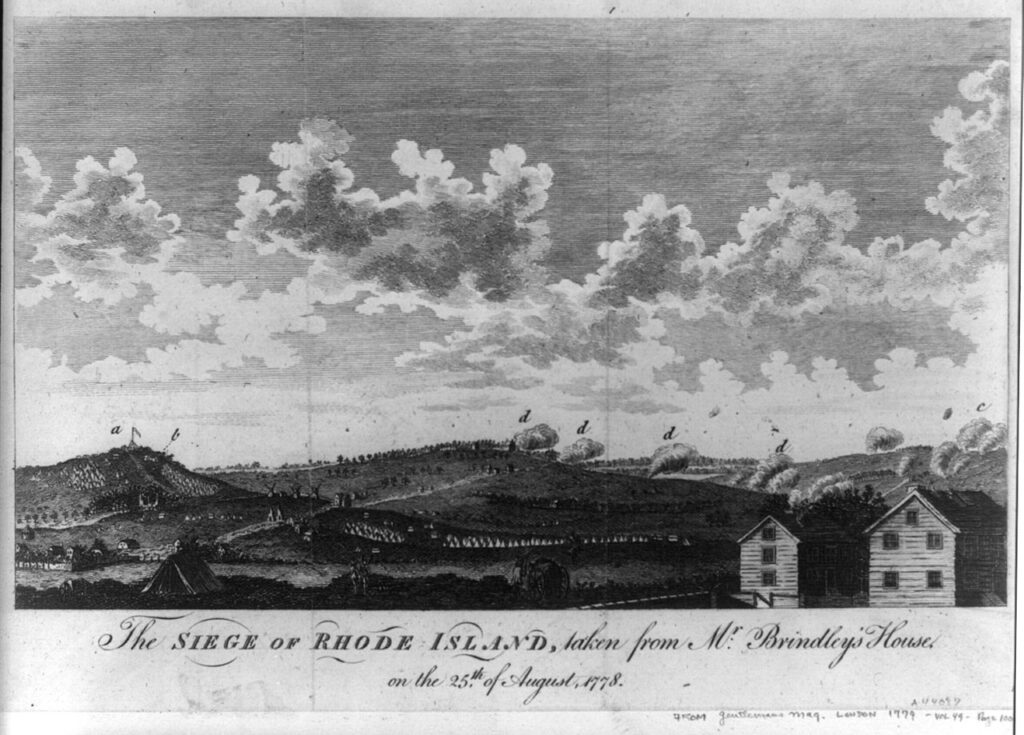
Deep in the heart of Rhode Island, a relic of the American Revolution stands, narrating tales of bravery and international alliances. The Redoubt Saintonge, a fortification erected by French forces, is a testament to the Franco-American collaboration during the Revolutionary War.
Origins and Construction
Amidst the cauldron of war and shifting loyalties, the French, who were allies of the American rebels, took the initiative to fortify key positions. Redoubt Saintonge was one such fortification. Named “Saintonge” to honor one of the French regiments, this redoubt showcased classic military engineering techniques of the 18th century.
Role in the Battle of Rhode Island
The Battle of Rhode Island, which took place in August 1778, was a pivotal confrontation between American and British forces. It marked the first significant attempt to oust the British from their occupied territories in New England.
Redoubt Saintonge played a crucial defensive role during this battle. Positioned strategically, it provided a vantage point and a defensive bulwark against British advances. Its presence underscored the importance of the Franco-American alliance but also the global nature of the Revolutionary War.
Architectural and Strategic Features
Redoubt Saintonge was not just a random placement of earthen walls. It was designed with military precision and featured a series of trenches, parapets, and firing positions. This allowed the troops stationed within to launch coordinated defenses, repelling enemy advances and safeguarding crucial territories.
Legacy and Historical Significance
While the Battle of Rhode Island did not end in a decisive American victory, the role of the French and fortifications like Redoubt Saintonge cannot be underestimated. They bolstered American defenses, provided valuable tactical support, and symbolized the broader international support for the American cause.
5. Fort Greene
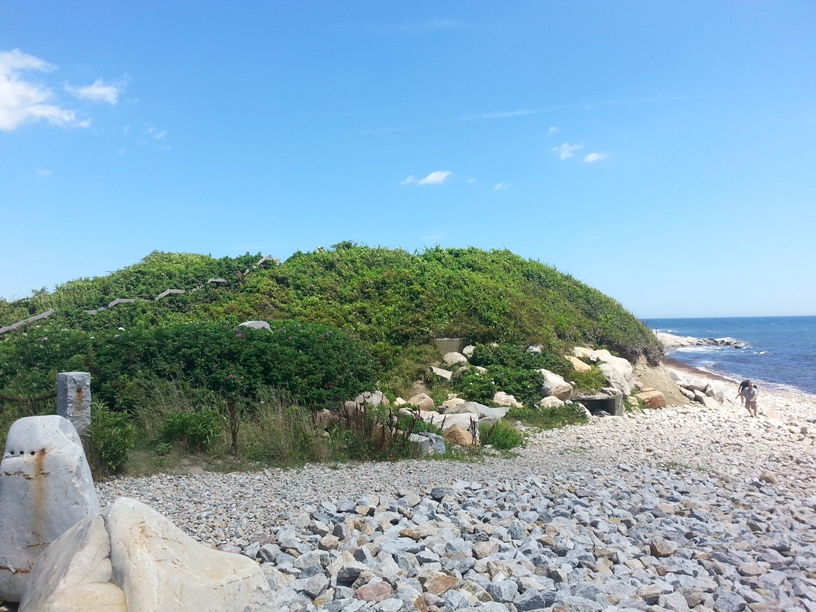
Standing as a monument to both military innovation and personal courage, Fort Greene in Rhode Island encapsulates a pivotal era in American military history. Named after a war hero and integrated into a groundbreaking defense system, the fort tells tales of bravery and strategic foresight.
A Tribute to Captain Alexander Wetherill
Captain Alexander Wetherill, the namesake of Fort Greene, wasn’t just any military figure. His heroics at the Battle of San Juan Hill during the Spanish-American War in 1898 cemented his reputation.
In this fierce confrontation, American forces faced Spanish troops in Cuba, and Wetherill’s gallantry stood out, making him an ideal namesake for a fort designed to protect American shores.
Endicott Era Innovations
By the late 19th century, military advancements worldwide necessitated the U.S. modernizing its coastal defenses. Secretary of War William C. Endicott championed the Endicott defense system by recognizing the need.
This comprehensive approach focused on building a network of fortified positions along America’s coastlines, ensuring that the nation could deter or respond to any potential naval threats.
Architectural and Strategic Features of Fort Greene
Built in line with the principles of the Endicott defense system, Fort Greene was no ordinary fortification. It boasted:
- Concrete Gun Emplacements: These structures were designed to house the advanced artillery of the era. Their concrete composition ensured durability and resistance against enemy fire.
- Fire-Control Stations: Critical to the fort’s operation, these stations coordinated the firing sequences of the artillery, ensuring accurate and effective targeting of potential threats.
Legacy and Modern Significance
Fort Greene’s construction and design symbolized America’s transition into a new age of military strategy, emphasizing advanced fortifications, precision, and coordination. Today, the fort is a testament to this transformational era and the heroes, like Captain Wetherill, who inspired a nation.
6. Fort Getty

Tucked away on Conanicut Island in Rhode Island, Fort Getty is a vivid reminder of America’s quest to defend its coastlines and harbors. As an integral piece of the nation’s coastal defense mechanism, Fort Getty’s history is steeped in military strategy and the evolution of American fortifications.
Origins and Location of Fort Getty
Conceived during the broader militarization phase in American history, Fort Getty’s establishment was part of the strategic plan to bolster the defense capabilities along critical points of the East Coast.
Overlooking the West Passage of Narragansett Bay, its strategic location ensured it could effectively monitor and control access to the vital bay area.
Features and Military Installations
A reflection of the military innovations of its time, Fort Getty was equipped with:
- Artillery Emplacements: Designed to house heavy and long-range artillery, Fort Getty had the firepower needed to deter and engage potential threats.
- Barracks and Support Buildings: Housing the garrison and ensuring the smooth operation of the fort; these structures were crucial for the day-to-day running of Fort Getty.
- Observation Points: Providing panoramic views of the surrounding waters, these points were essential for early detection and coordination of defensive strategies.
Operational History
Throughout its years of active service, Fort Getty underwent various modifications to keep pace with evolving military technology and strategies:
- World War I Era: During this period, Fort Getty saw enhancements in its artillery and surveillance capabilities.
- World War II and Beyond: The fort’s significance grew, serving not only as a coastal defense battery but also as a key observation and communication hub during the heightened tensions of the Second World War.
Transition and Current Status
Post the World Wars, changing defense paradigms diminished the need for traditional coastal defenses like Fort Getty. Recognizing its historical and geographical significance, the area was eventually transformed into a recreational park.
Today, Fort Getty Park offers visitors a blend of historical exploration and natural beauty, with camping facilities, picnic areas, and panoramic bay views.
7. Fort Greble
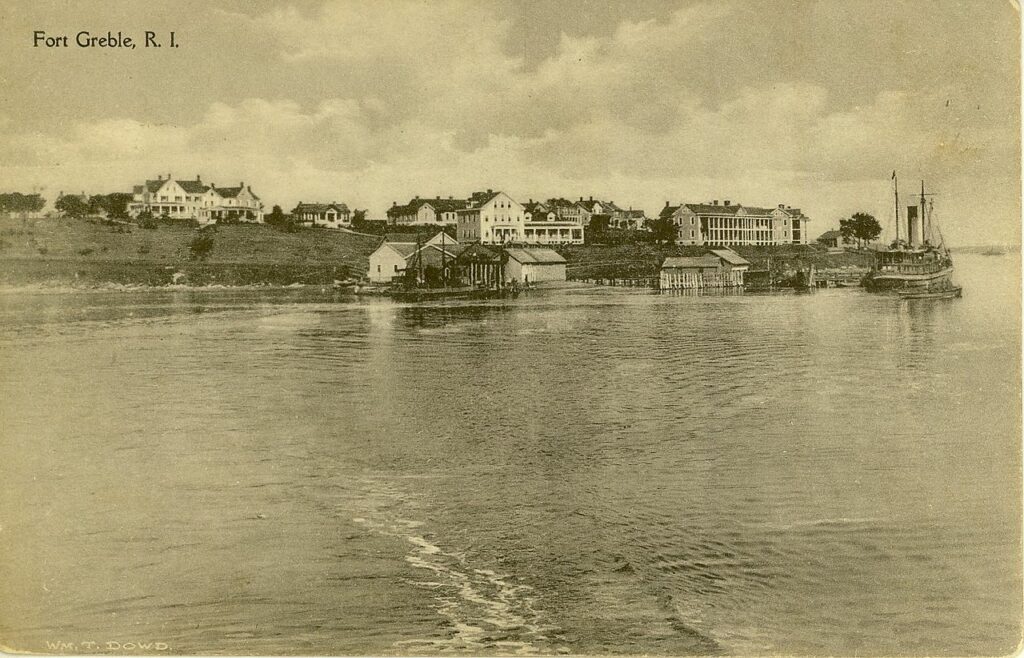
Set on the picturesque Dutch Island in Narragansett Bay, Rhode Island, Fort Greble occupies a unique space in the annals of American military history. While serving as a protective sentinel during crucial times, it is now a silent testament to the nation’s evolution in coastal defense strategy.
Strategic Placement and Naming
Fort Greble’s establishment was driven by the strategic need to defend the West Passage of Narragansett Bay. Named in honor of 1st Lt. John Trout Greble, the first West Point graduate killed in the Civil War, the fort symbolizes both strategic foresight and the commemoration of valiant service.
Fortification and Armament
With the ever-evolving nature of warfare and weaponry, Fort Greble was designed to host:
- Artillery Batteries: These were crucial for the fort’s primary function of coastal defense, ensuring that any naval threats could be effectively countered.
- Observation and Fire-Control Towers: Integral to the defense strategy, these structures enabled the accurate targeting of potential threats, coordinating the firepower of the fort’s artillery.
- Barracks and Support Facilities: To sustain a garrison and facilitate the smooth operations of the fort, a series of support buildings and barracks were established within its confines.
Operational Timeline and Significance
Over the years, Fort Greble played varying roles depending on the nation’s defense needs:
- Civil War Era: While the idea of fortifying Dutch Island began during the Civil War, significant construction started in the post-war period.
- Endicott Period: This era marked significant upgrades in the fort’s armament and structure, reflecting the national move towards advanced coastal defenses championed by Secretary of War William C. Endicott.
- World War I and II: During these global conflicts, Fort Greble was a deterrent against potential naval incursions and a training site, preparing troops for overseas deployment.
Legacy and Present-Day Status
As with many coastal defenses, the post-World War II period saw a decline in Fort Greble’s active military significance. The shift in global warfare strategies rendered such installations less crucial. T
Today, much of Dutch Island, including Fort Greble, is under the management of the Rhode Island Department of Environmental Management. It serves as a conservation area, offering visitors a blend of natural beauty and historical exploration.
8. Fort Wetherill
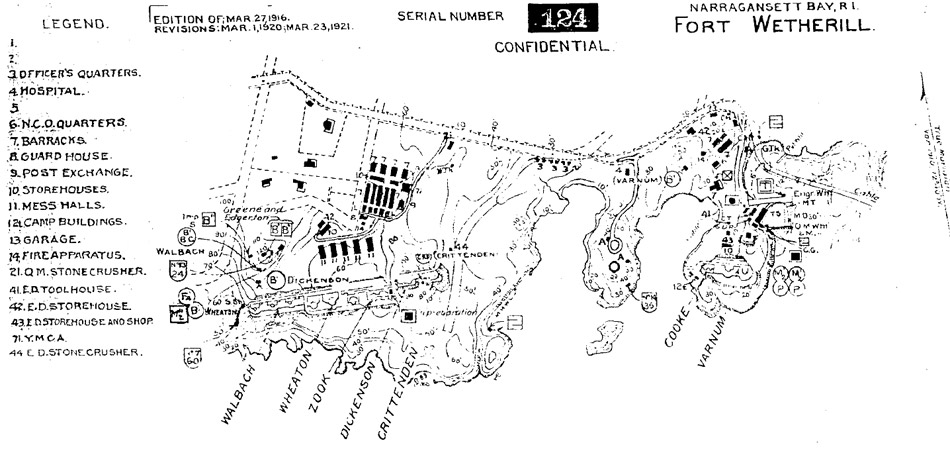
Perched majestically on high granite cliffs, Fort Wetherill State Park provides a panoramic gateway to Rhode Island’s maritime history while offering breathtaking views of Newport Harbor and the East Passage.
This site’s transition from a military fortification to a recreational hub captures the spirit of adaptive reuse and historic preservation.
Historical Origins: The Dumpling Days
One of the most distinctive features of Fort Wetherill’s early days was its uniquely shaped stone tower. This led to its colloquial naming as “Fort Dumpling.” This initial structure, reminiscent of a dumpling’s shape, set the stage for the fort’s later evolutions.
Revamps and Reinventions: The World War Era
As global tensions escalated and warfare technology advanced, the need to revamp Fort Dumpling became evident. During the two World Wars:
- Upgrades: The fort underwent significant structural enhancements, transforming it into a formidable coastal defense battery, aptly renamed Fort Wetherill.
- Training Hub for the U.S. Navy: Beyond its defensive role, the fort also played a crucial part in preparing troops for wartime exigencies. The U.S. Navy utilized it as a training camp, with particular significance during World War II.
Modern Transition: From Military Might to Marine Marvel
Post the World Wars, as global defense strategies evolved, the active military role of Fort Wetherill began to diminish. However, its strategic location and historical significance ensured it wouldn’t fade into oblivion. Today:
- Recreational Retreat: Fort Wetherill State Park serves a plethora of recreational activities. The abandoned military installations juxtaposed with the natural beauty offer visitors a unique blend of history and serenity.
- Scuba Diving Haven: The park’s underwater topography and proximity to the Atlantic Ocean have made it a major attraction for scuba diving enthusiasts. Especially during the summer, diving clubs flock to the site, exploring the submerged wonders and occasionally discovering remnants of its military past.
9. Fort Ninigret
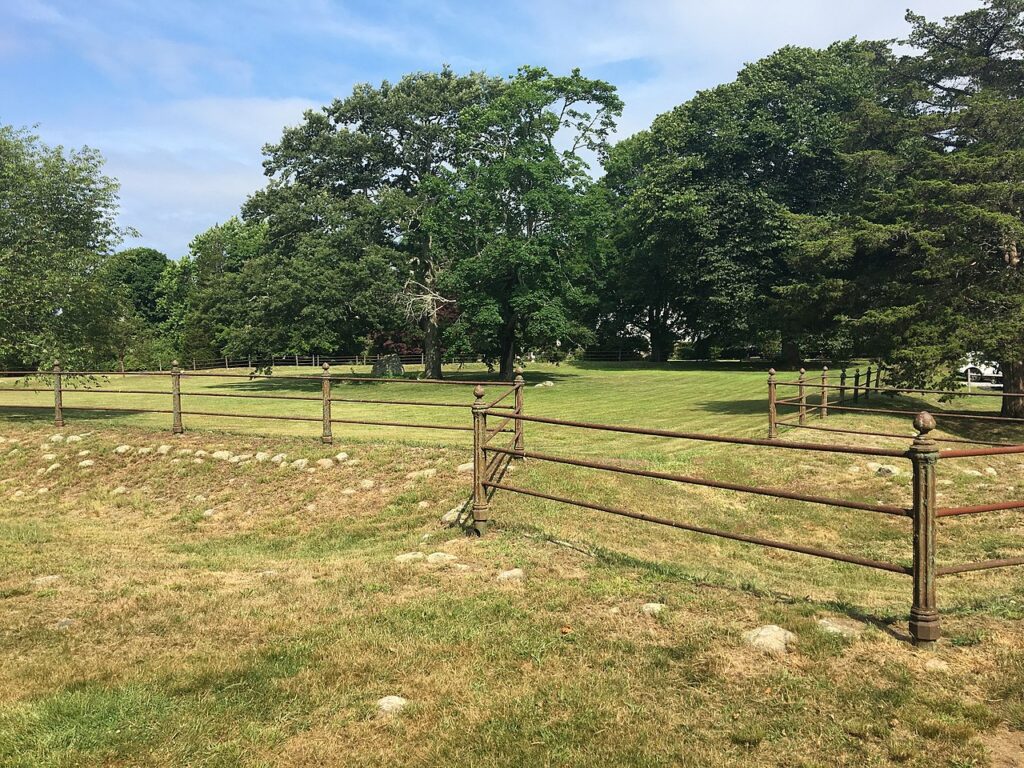
Located on the southern coast of Rhode Island, Fort Ninigret stands as a testament to the region’s rich tapestry of indigenous and colonial histories. Overlooking the tranquil Ninigret Pond, this fort echoes tales of protection, diplomacy, and cultural interplay.
Origins and Naming
Fort Ninigret’s name derives from the Niantic sachem Ninigret, a prominent figure in the region during the 17th century. The fort’s establishment reflects the indigenous populations’ defensive needs and the subsequent colonial interests.
Structural Elements and Design
As a significant fortification in the area, Fort Ninigret was equipped with:
- Earthen Walls and Palisades: These traditional defensive structures provided a robust barrier against potential incursions.
- Central Blockhouse: As both an observation point and a stronghold, the blockhouse was pivotal to the fort’s defensive strategy.
Role in Historical Diplomacy and Defense
Fort Ninigret’s existence and operations spanned a time of complex alliances and rivalries:
- Indigenous Alliances: Initially, the fort served as a stronghold for the Niantic and Narragansett tribes, playing a role in their interactions with neighboring tribes and European settlers.
- Colonial Interests: As European colonial influence grew, the fort became integral to the defense strategy of Rhode Island, ensuring the colony’s southern coast remained secure.
Modern-Day Significance
Though its military importance waned over the centuries, Fort Ninigret’s cultural and historical significance has not:
- Archaeological Value: The site has been the focus of archaeological digs, revealing insights into indigenous life, colonial interactions, and fortifications of the period.
- Recreational Space: Today, the surrounding Ninigret Park offers a variety of recreational opportunities, blending natural beauty with historical exploration.
Related: 10 Historic Forts in South Carolina
Present Day and Preservation
Today, many of these forts are part of the Rhode Island Department of Environmental Management’s efforts to preserve history.
Places like the Fort Adams State Park, which once witnessed the America’s Cup races, now serve as popular sites for picnics, and boat ramps year-round, and offer some of the best views of the Atlantic Ocean. The Eisenhower House, situated within its premises, is a testament to its historical significance.
Endicott batteries, built during the outbreak of the Spanish-American War, are still visible in locations like Fort Getty, now a popular site for public use. The rocky beach at Beavertail State Park near the southeastern tip of Conanicut Island, where Fort Burnside once stood, is frequented by visitors in the summer.
Many of these forts are listed on the National Register of Historic Places, and organizations like the Newport Historical Society and the Fort Adams Trust play crucial roles in keeping their stories alive.
Related: Historic Forts in Maine
Conclusion – Historic Forts in Rhode Island
From the Green End Fort to Battery Park, the forts of Rhode Island tell a compelling military story. With former forts like West Reservation now open for public use, Rhode Island’s forts remain embedded in the tapestry of American history.
Whether you’re a military historian or a casual visitor, these forts, with their unique stories and spectacular views, beckon all to explore.
If you have visited any of these forts, we would love to hear about your experience in the comments section below.

Cory is a website owner and content creator who enjoys fishing, history, coin collecting, and sports, among other hobbies. He is a husband and father of four.
Romans 15:4 For whatever was written in former days was written for our instruction, that through endurance and through the encouragement of the Scriptures we might have hope.

